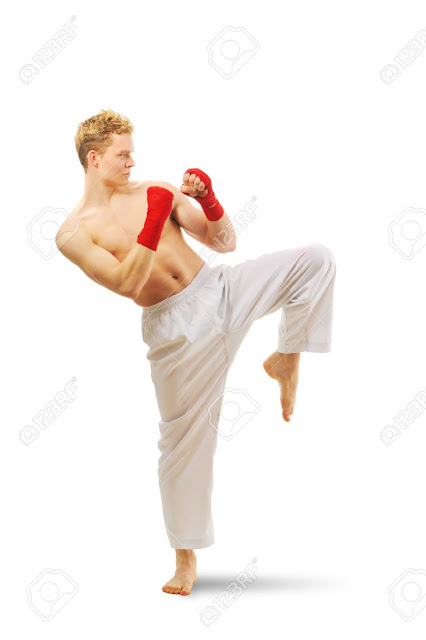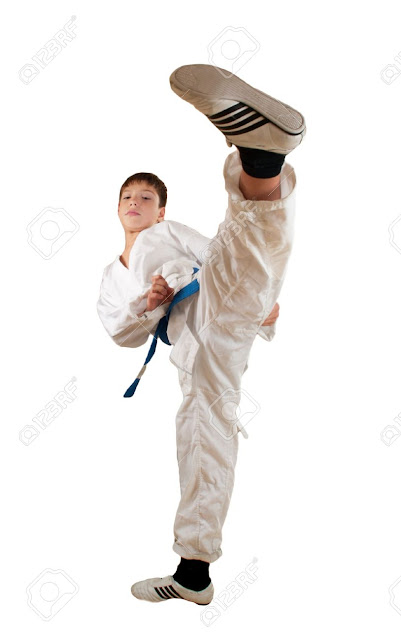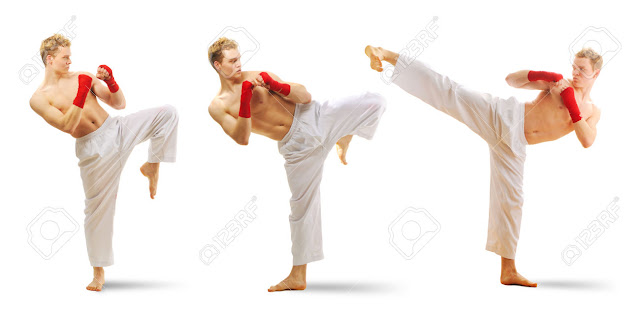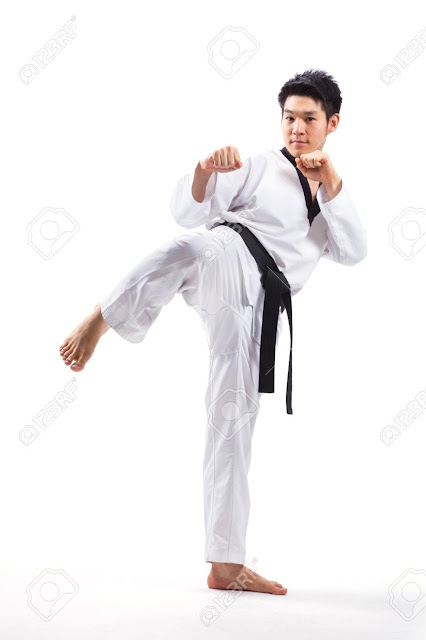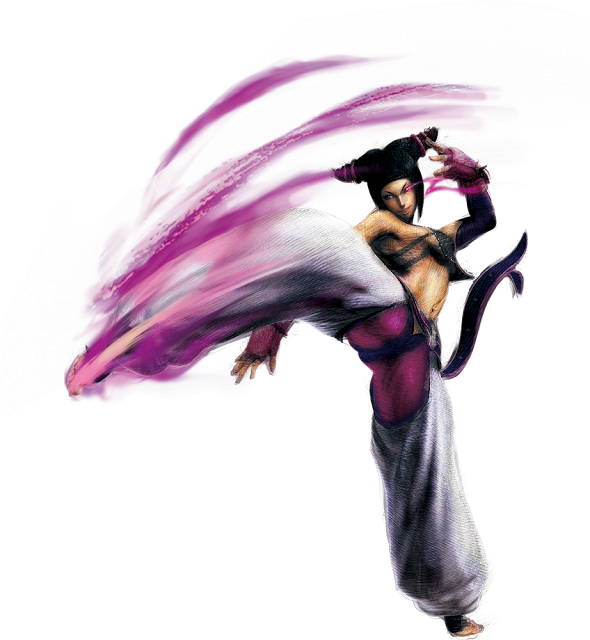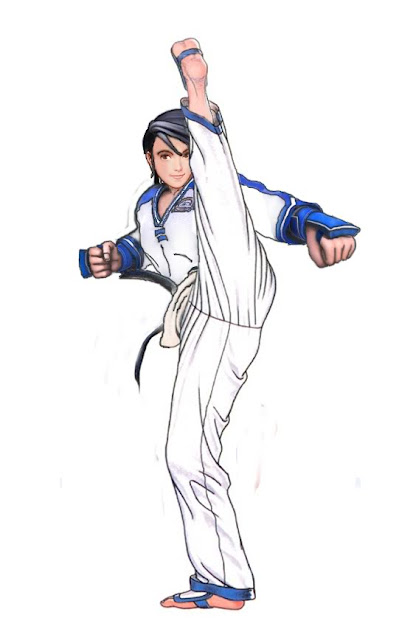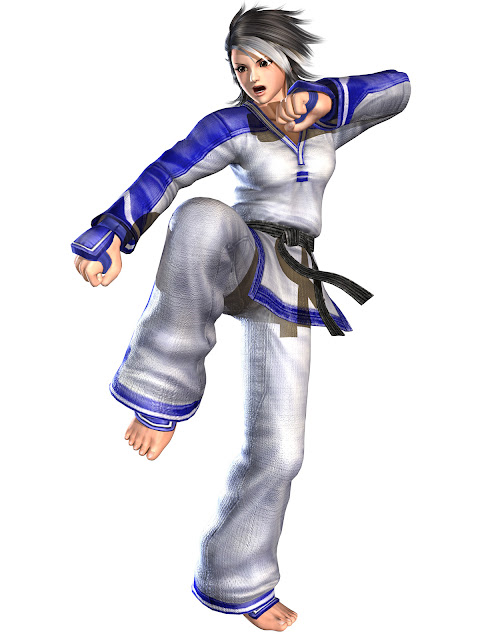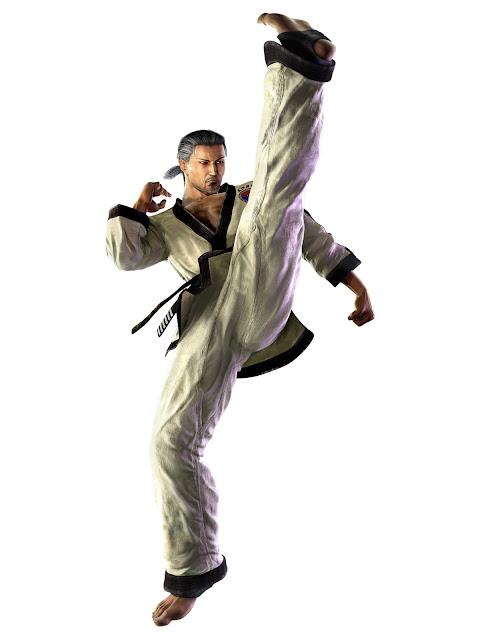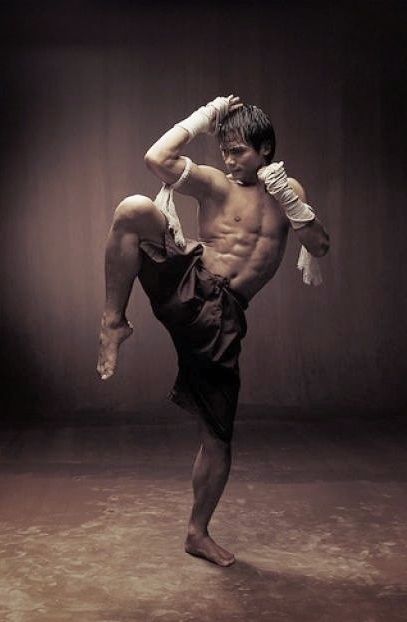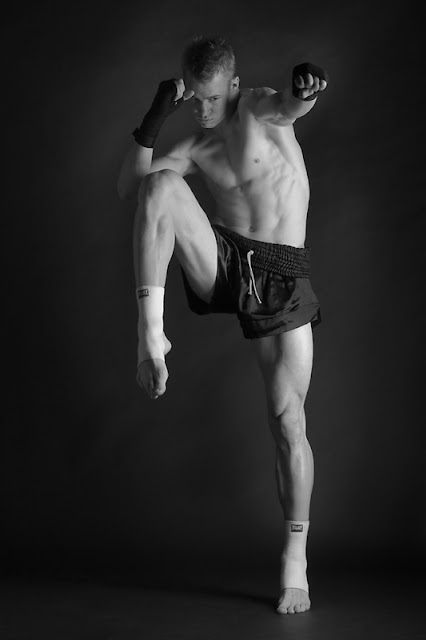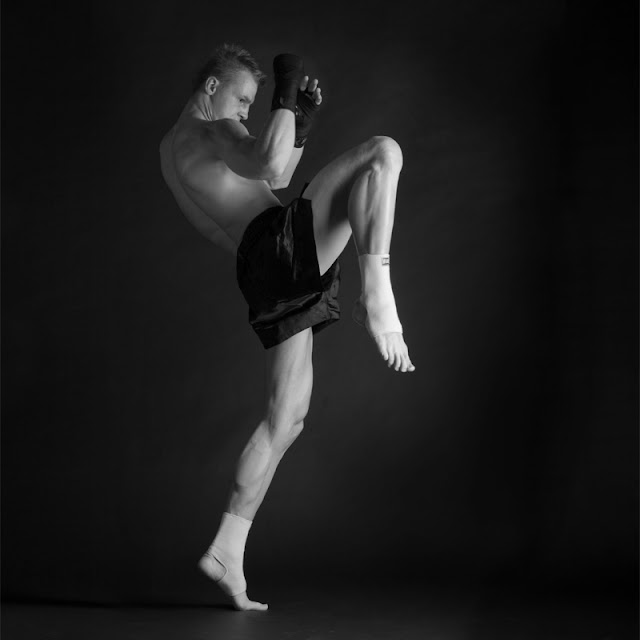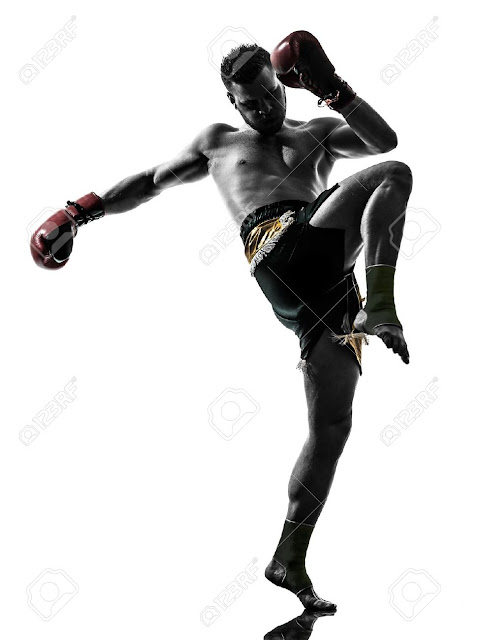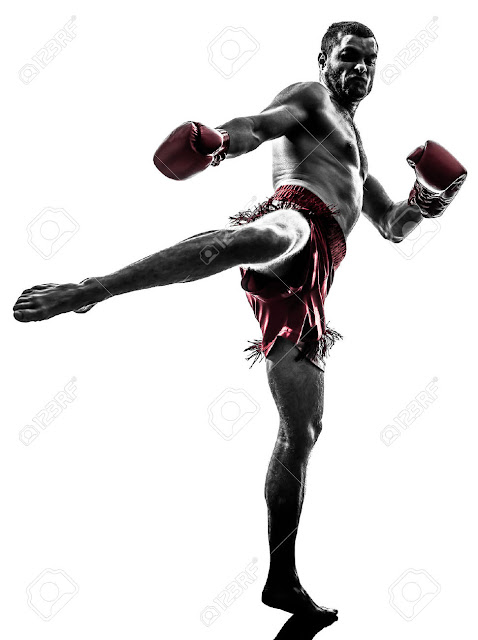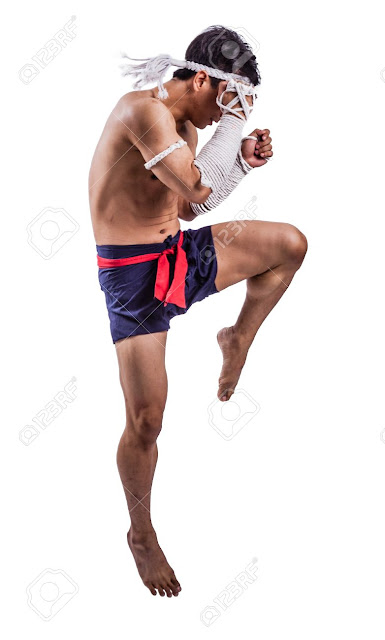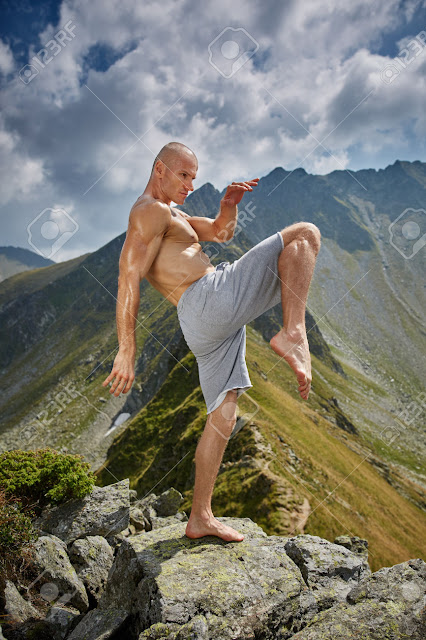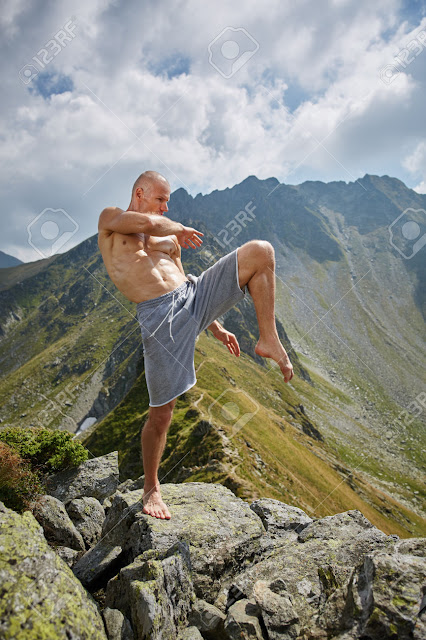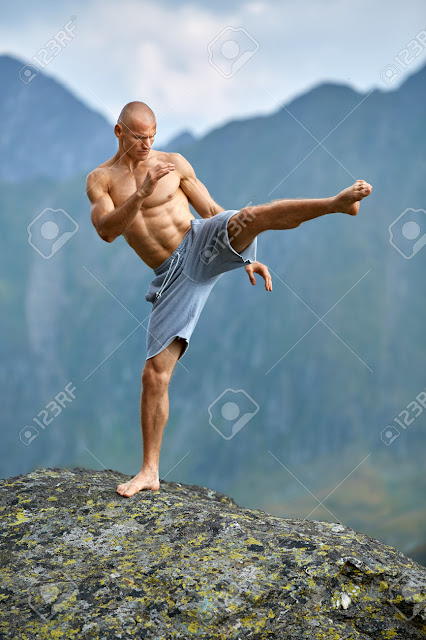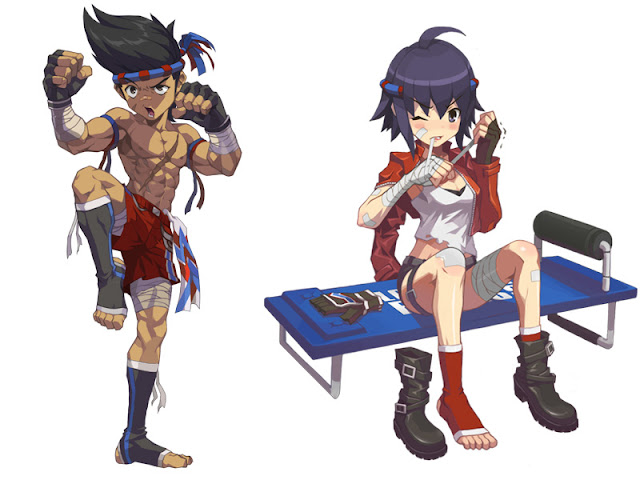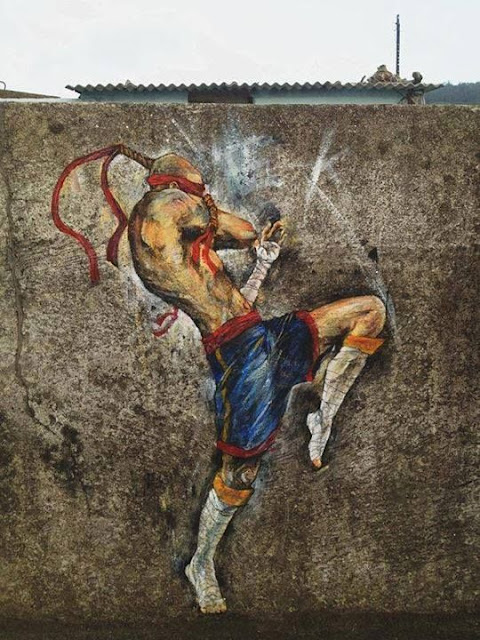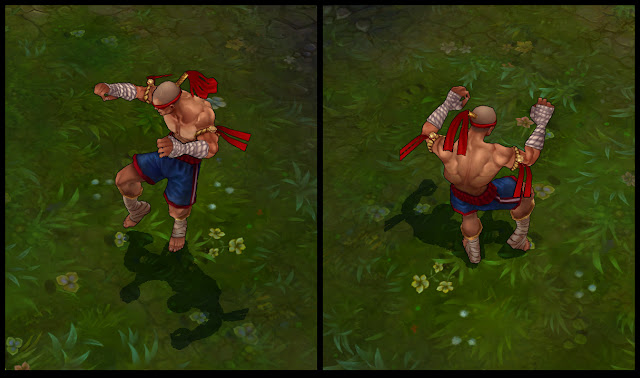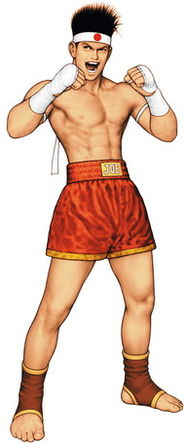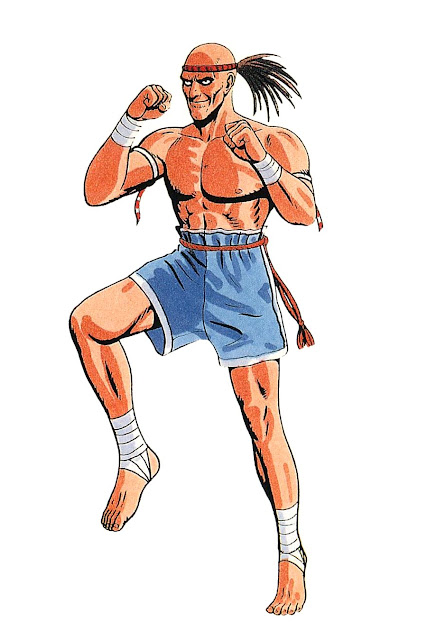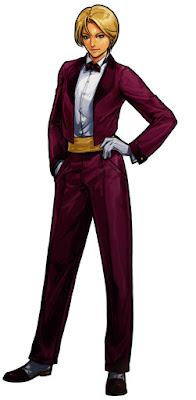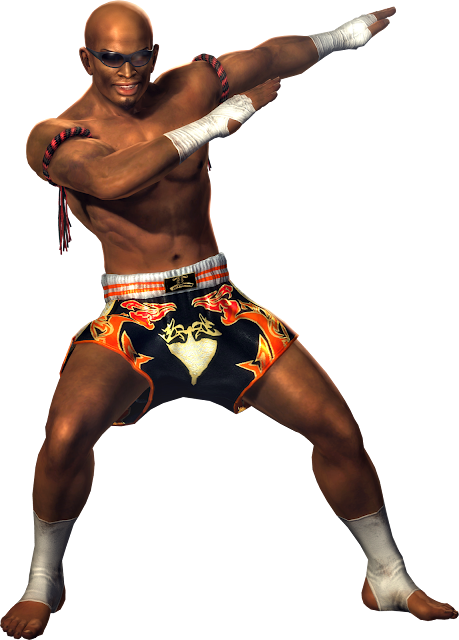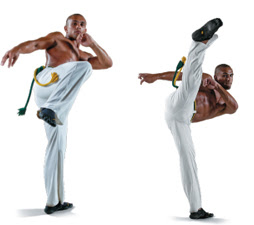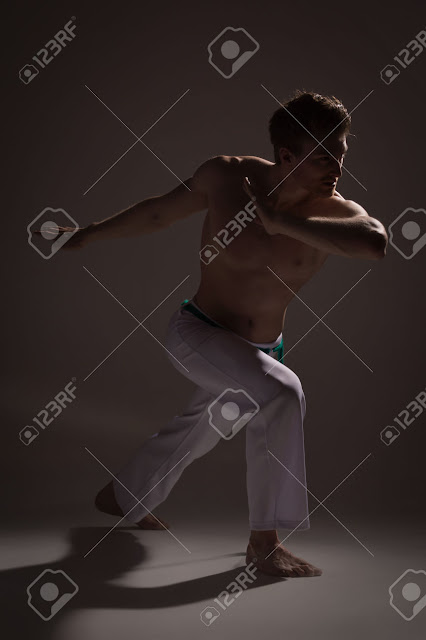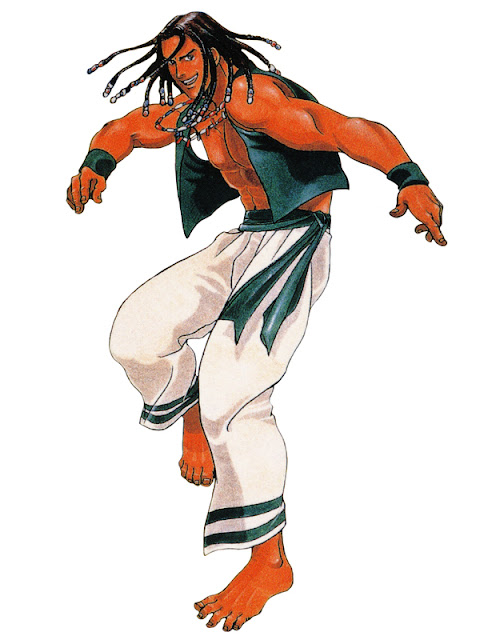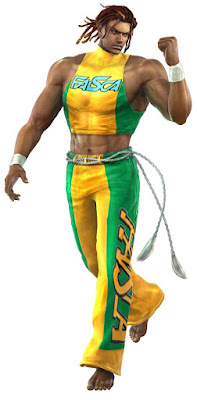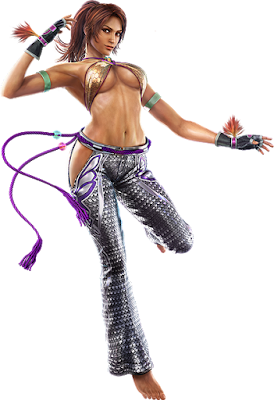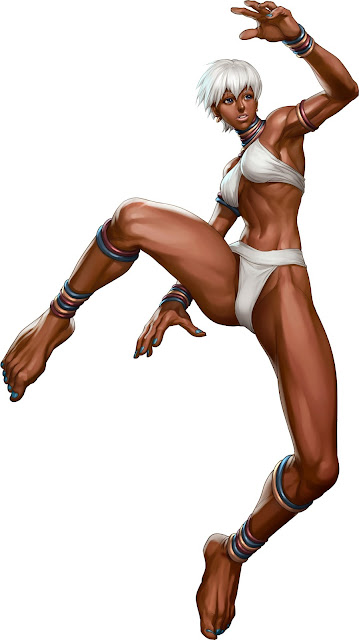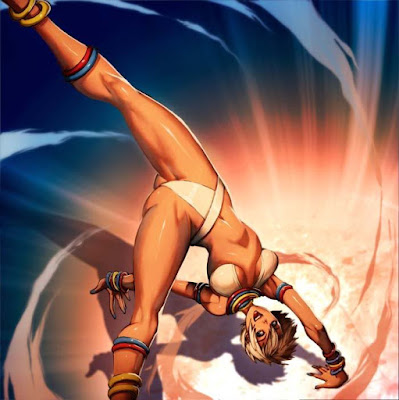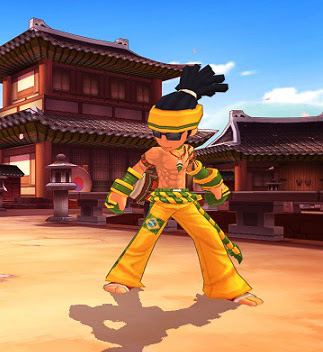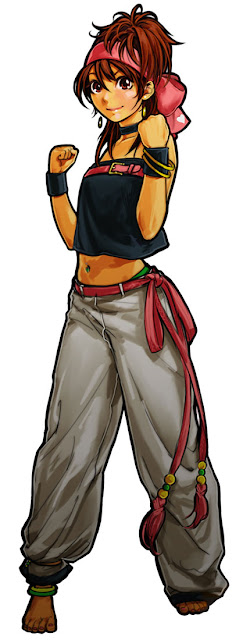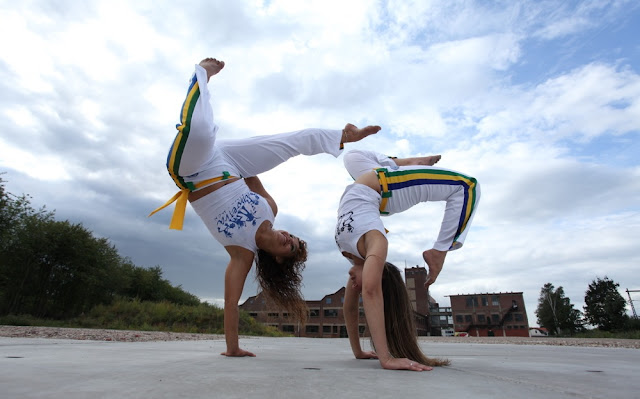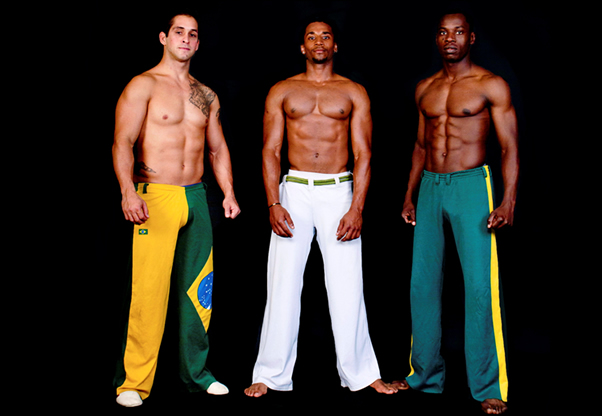Participation in this form of combat was originally limited to young men, allowing elders to judge their physical fitness and strength whilst providing an opportunity for the youth to gain prestige and test their abilities. Today, while the average age of participants is still between 10 and 35, young people of both genders may practice the sport.
Moraingy matches must, by tradition, be accompanied by music (often salegy) to induce a trance-like state in the fighters and participants, contributing to the spiritual and communal experience of the fight. As part of this experience, participants typically engage in dances during and between the matches that are meant to provoke the supporters of the opposing party, while the crowd cheers and jeers loudly.
Moraingy is considered a half-distance or long-range fighting sport with punches predominating but with some kicks permitted. Types of punches include straight punches (mitso), hooks (mandraoky), downward slanting punches (vangofary) and a punch similar to an uppercut (vangomioriky). Defenses include guarding and sidesteps, but neither the attacks nor defenses are standardised, creating higher variability among individual fighters and between regions than in international boxing.
The Reunionais form of moraingy is less violent and more inspired by the choreography and acrobatics of Brazilian capoeira than the original Malagasy form. The use of jumps and stomping makes it spectacular.
Video:




